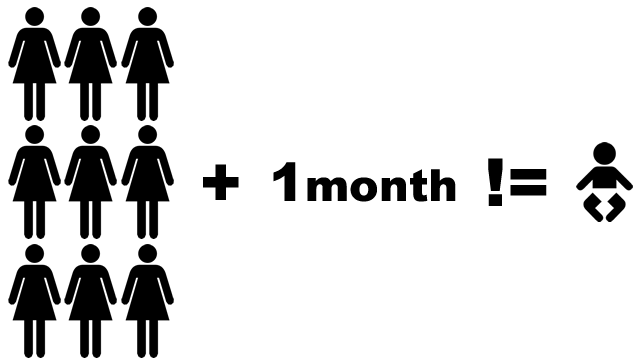Too many teams miss out on unlocking product value (plus fun & learning as bonus) either by not focusing on discovery, or obsessing about the process. Worst is when leaders track efficiency metrics to manage it. Having learned discovery the hard way myself (credits at the end), I think I understand why. But more importantly, I want to share 3 areas leaders can manage instead, so teams are empowered to do their job.
I’d like to start by reflecting on two quotes that explain discovery best.
“Discovery, by definition, means you don’t know the answer when you start.”
Ed Catmull’s (Co-founder, Pixar) spirit1 in Marty Cagan’s words2. Either way, two great influencers on building lovable products.
The most magnificent thing takes a while to build.
Moral of Ashley Spires’ story, The Most Magnificent Thing, for pre-schoolers captures the ups & downs of the creative process perfectly.
There are two unknowns in there: scope (resources) & time — presuming everyone likes high quality. And Management 101 teaches leaders to fear & control both. Rightly so, because they have opportunity costs associated, making leaders and teams anxious about discovery. Instead of trying to observe what works and what to fix, they resort to a shinier process for a false sense of control. 🤦🏽
Don’t get me wrong about process; I love process as a guard-rail but not as the only rail.
Instead if leaders just observed these 3 areas from a distance, they would know exactly where to coach, while empowering teams to have a fulfilling time doing discovery.
1. Origin of discovery work
Understand 🔍
- How do teams explain ‘discovery’ and their current process? Particularly useful when starting in a new role, and helps understand the mindset, frameworks and approach of the team.
- What triggers discovery and where does it begin? Answers would most likely range between ticket, feature, idea, problem and mission. Great teams (with a well-defined purpose) are at the right-end of that scale — both literally and metaphorically.
Improve 💡
- Democratise access to data – both quantitative and qualitative. Data Analysts should be reserved for higher-order analysis that modern-day product analytics and data visualisation tools are still not ready for. User research findings should also be in an easy to search system4. Same goes for customer service tickets and feature requests.
Data accessibility ensures product teams know just as much as anyone else in the company about what their customers need and don’t need to be thrown ideas at.
- Educate the team on core discovery concepts: dual-track Agile, design thinking, customer journeys, jobs-to-be-done, design sprints. Instead of adopting one as-is, retrospect and restore the missing pieces in your process. Don’t be shy to repeat.
- Guide teams to clear missions which help them understand which problems to own, and which ones to solve with other mission teams. Assuming good team topology exists. Connect to company mission.
- Challenge teams on their opportunity(-solution) trees and discuss how those bets fit within the portfolio of bets you manage in your product area. Connect to north star metric through KPIs these opportunities impact.
- Reflect on discovery content you discover — frameworks, blogs, podcasts, etc — to draw parallels to your process and control the FOMO. Trust me, they all rinse-and-repackage the same core principles.









